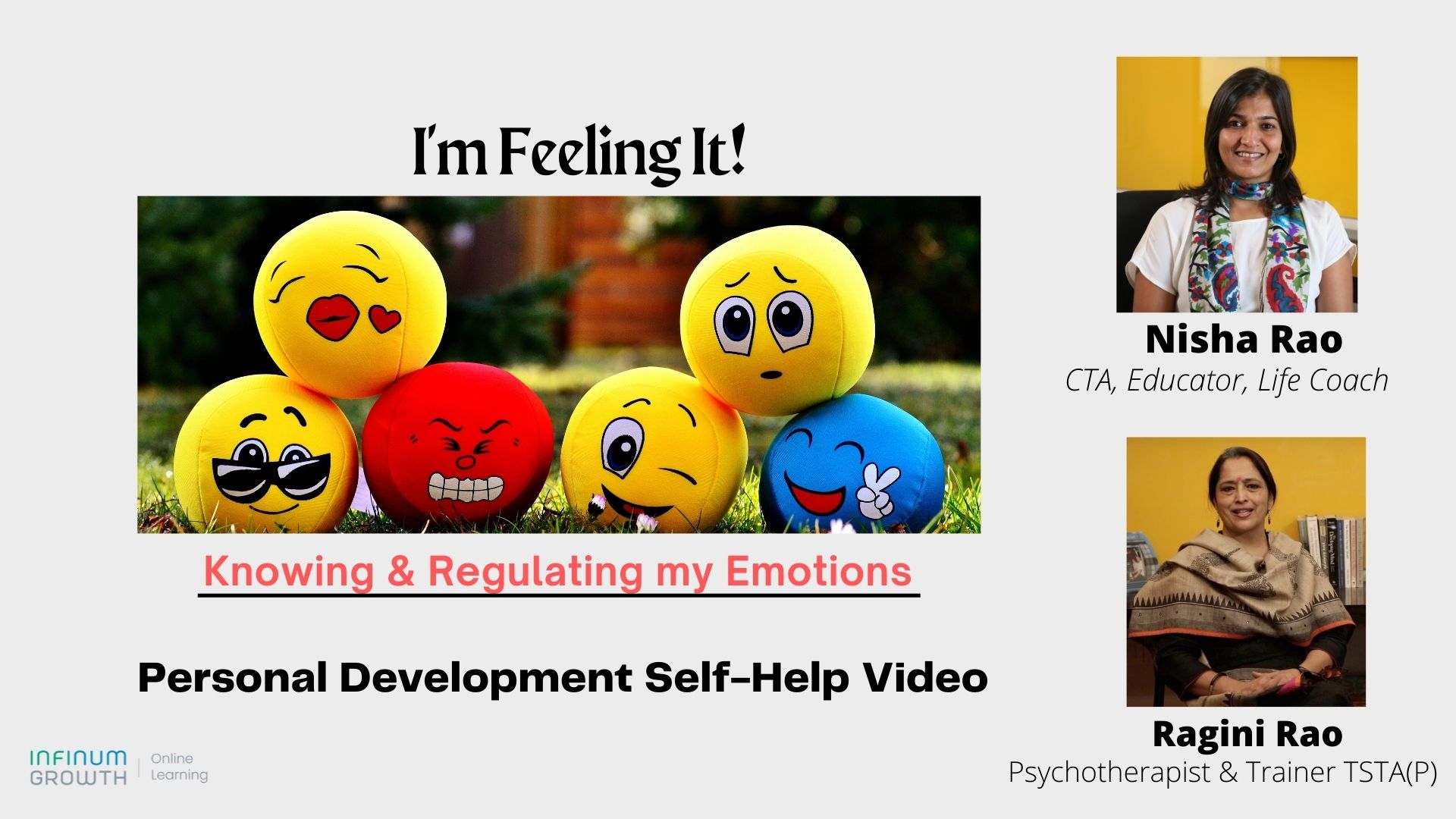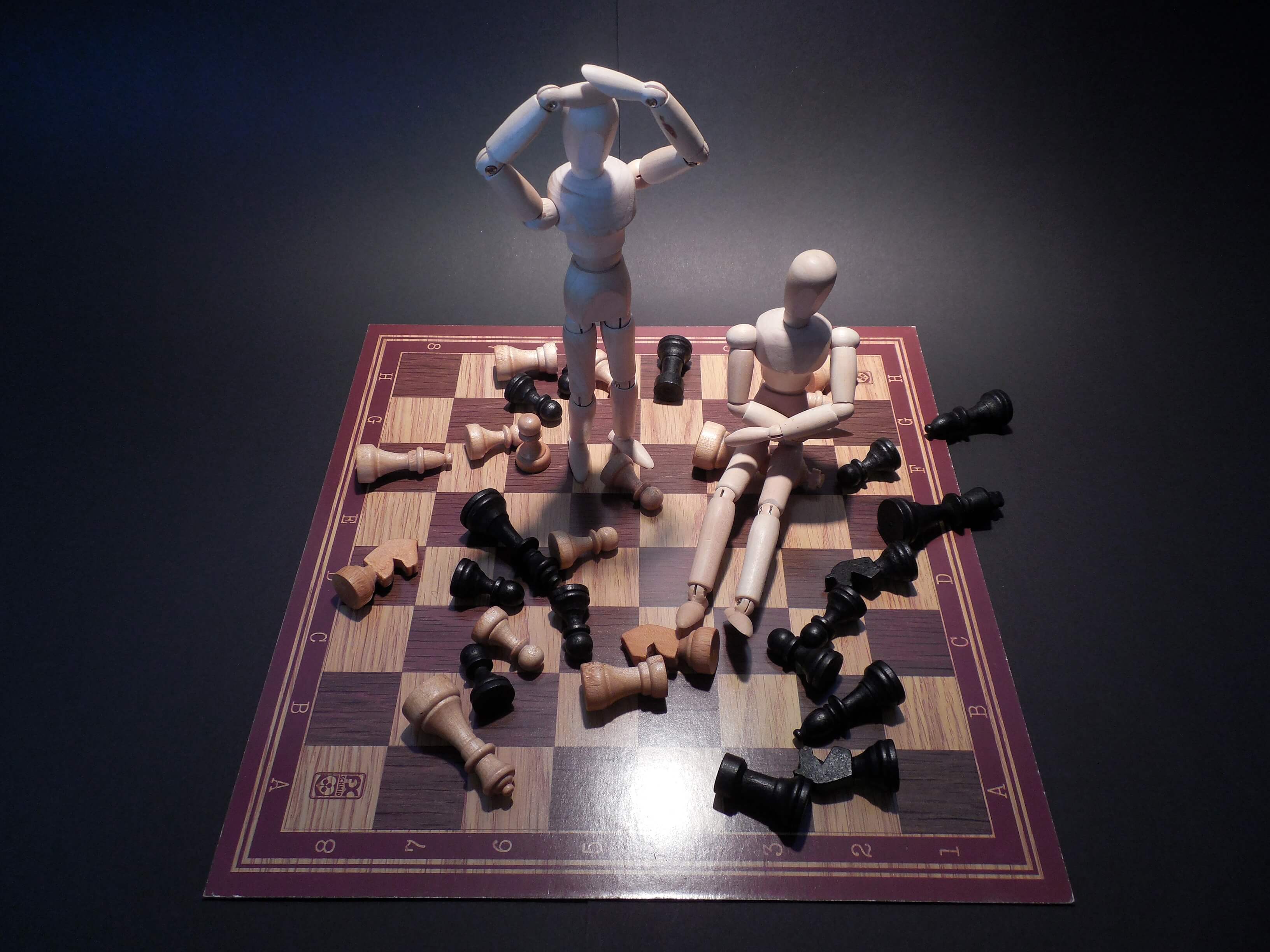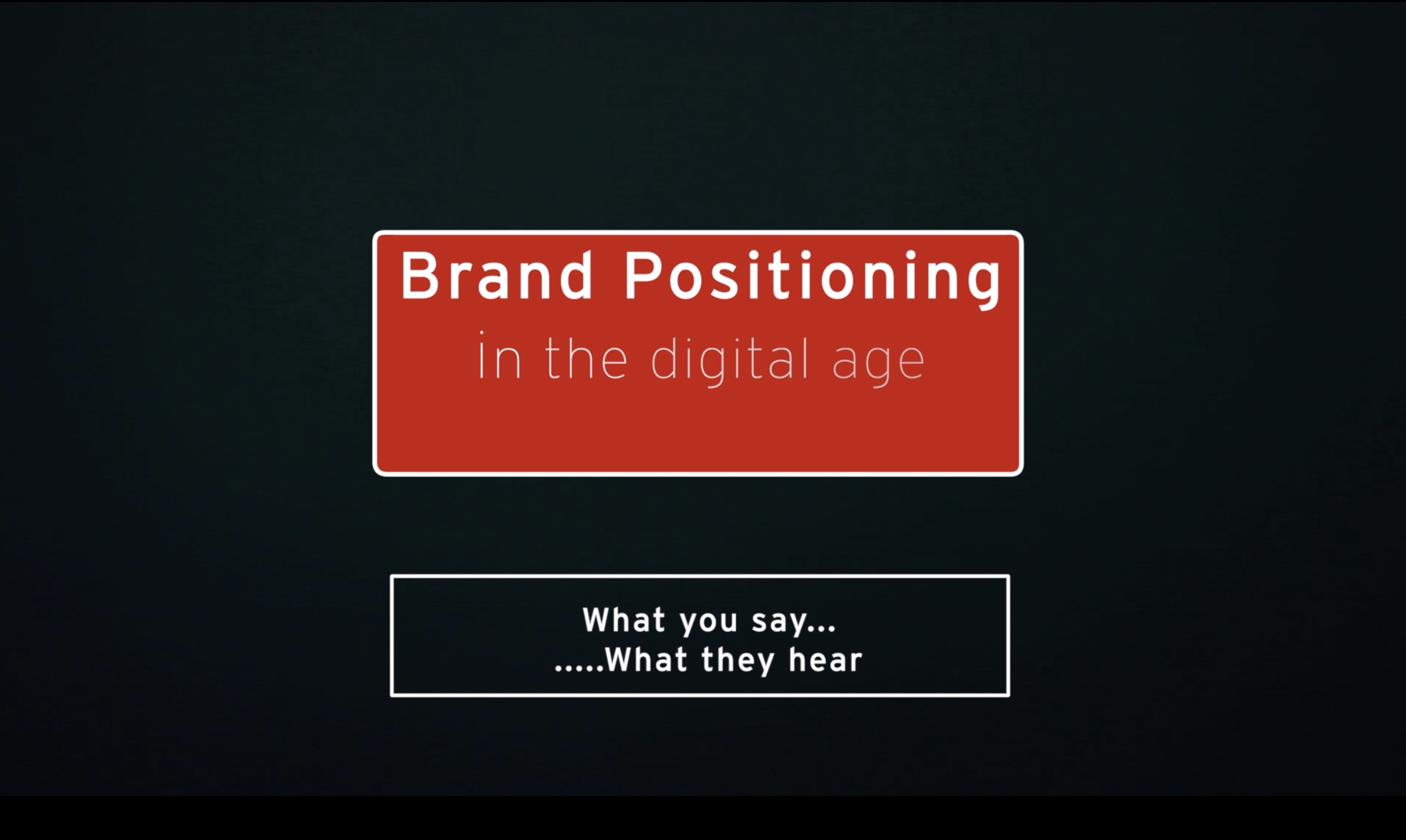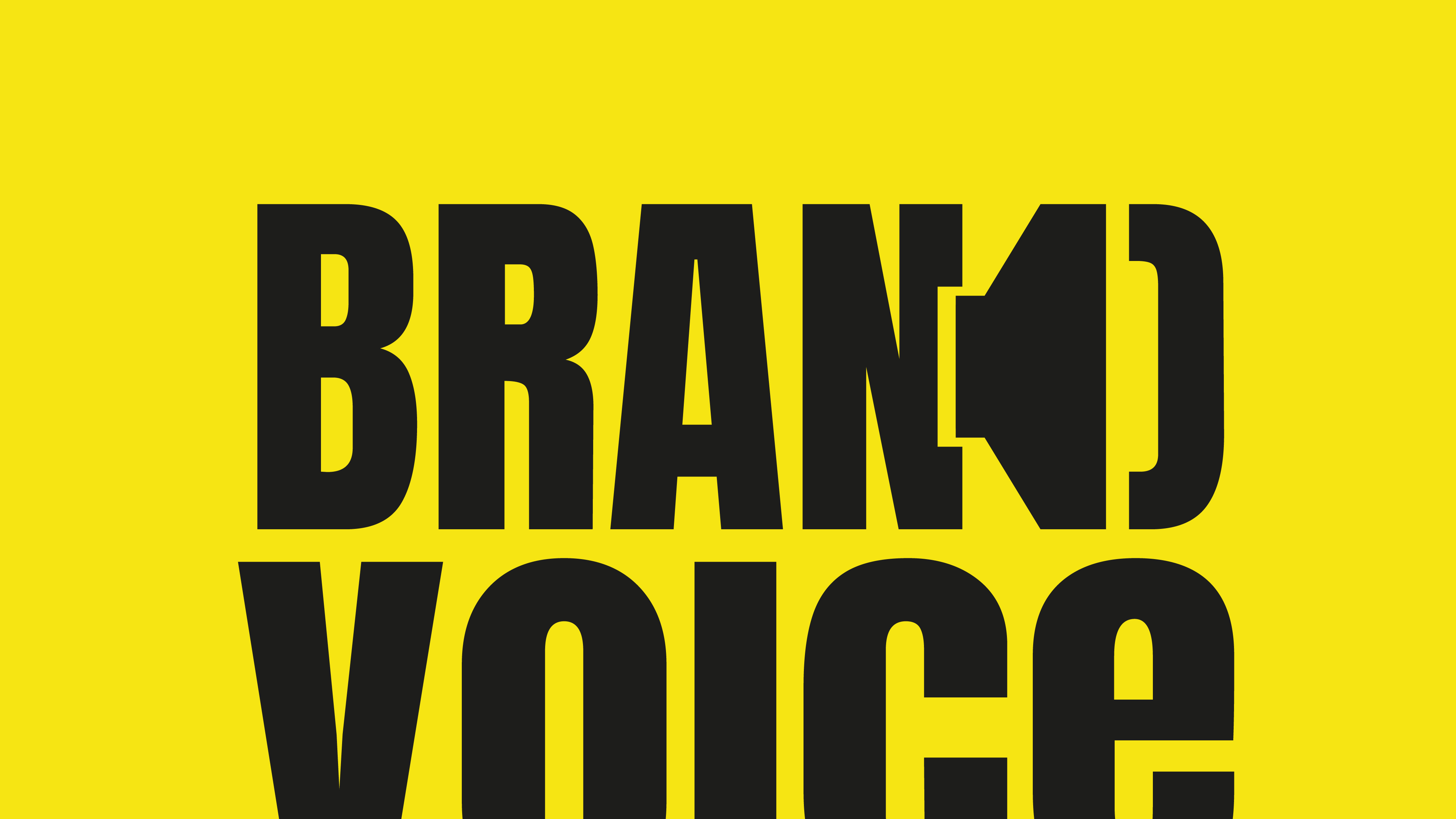At a cinema multiplex, one day, I noticed a huge amount of commotion at the food stall. It was a movie interval time and a whole lot of people were screaming away at the food stall staff. The staff, instead of pacifying the customers, were rudely retorting. The anger levels only went up further.
The counter staff had booked orders before the movie started, to be delivered at the seat during the screening. However, being short staffed and with some employees being new, they had either failed to deliver the food item by the interval of the movie or had delivered at the incorrect seat.
During the interval, the dissatisfied customers all rushed to the counter creating a very unpleasant situation. The scene only worsened with the staff getting flustered and engaging in verbal altercation.
As a person who has worked in the service industry for years, I could not bear to see
(a) the plight of the customers as well as the service personnel and
(b) the glaring gaps in the way the counter was being managed.
Which brings me to my topic of this write up
At any service outlet, the frontline staff are expected to do a range of activities, right from making the customer welcome, to servicing the requirements, to delivering a customer delight moment; and ultimately, ensuring that he or she leaves the counter satisfied and happy.
Thus the counter staff have to master the art of customer management and the science of the service procedure; that is, be human and a robot at the same time. But how often do businesses equip their frontline adequately, to handle scenarios such as the one mentioned above?
Are the front line teams equipped and trained to handle the worst case scenarios?
If we review the incident mentioned above and analyze as to where the fault lies, the root of the problem may not be in the behavior or incompetence of the staff; it may be more to do with their unpreparedness to handle the situation with alternate solutions.
The frontline teams, more often than not, are youngsters with enthusiasm but little experience or maturity.When they haven’t been prepared for the worst, the stress of the situation hits them and their behavior could take a turn for the worse.
Most often, the training of the service staff is focused on the nuances of being at their best behavior and the words and phrases to be used. But can just sweet talk enable them to hold fort against an angry, abusive group of customers?
The question therefore is whether they have been trained with sufficient inputs to understand the worst situations that may arise on job and the remedies to apply for each of them.
Designing for the worst situation
In every service, there are some standard ways in which a problem can be addressed in a satisfactory way. The team needs to be empowered to work through these.
If we apply this logic to the situation at the multiplex food stall, we would term this as a case of service not delivered as promised. The options could be the following
1.A preventive stance could be for the floor manager to take a call that, in the light of staff shortage, delivery at seat would not be offered that day.
2.But if the service was already committed and not delivered, the frontline staff could have options given to them such as
- Offering food items which are readily available, immediately over the counter, with an apology for non delivery
- Request for extended time to deliver the food before the movie ends
- Offering another food item that could be offered in a shorter time period
- Offering to keep the food packed and which the customer could collect at the end of the movie
- Offering an additional drink or food item as a service recovery gesture
- Offering to refund the amount for the payment that had been already made
Having had a problem, what a customer wants to see is the seller’s genuineness in the attempt being made to rectify the damage caused and of course, receive a reasonably satisfactory resolution, even if things weren’t fully in control.
On the other hand, the frontline staff need to be trained to preempt such situations and be better prepared to handle bad situations effectively so that the customer still feels good, if not delighted.
Training components
The customer service training therefore, needs to go beyond the basics of standard process and etiquette and go into depth, to understand the worst case situations that could arise; and, design responses for those, so that the teams are always in control of the situation.
The training being imparted to them necessarily needs to include
- Sufficient case studies and role plays related to various situations which might arise while on the job
- A list of worst case scenarios and the remedies applicable for each
- How to remain calm and yet show empathy
- The right verbiage and expression to be applied along with the above
- A handout, a guide of “Things to do, when Things Go Wrong” which could be kept at the workstation
Please do leave your comments at the bottom and do share with others if you like this article.



















Awesome and so true to the learnings I always got from u as my Mentor